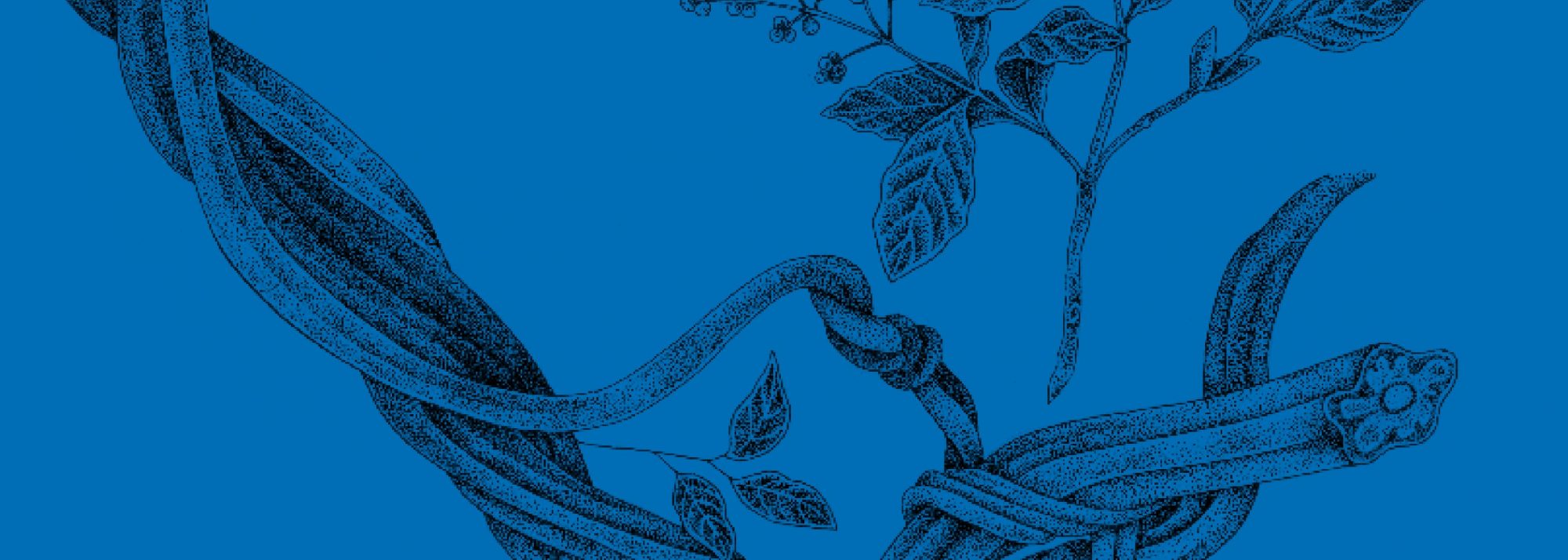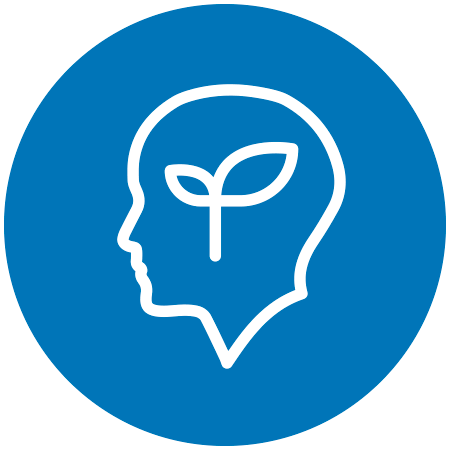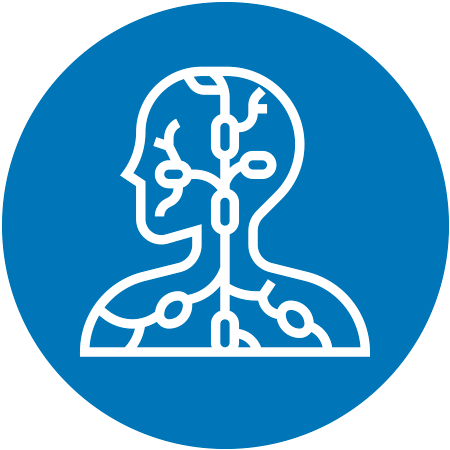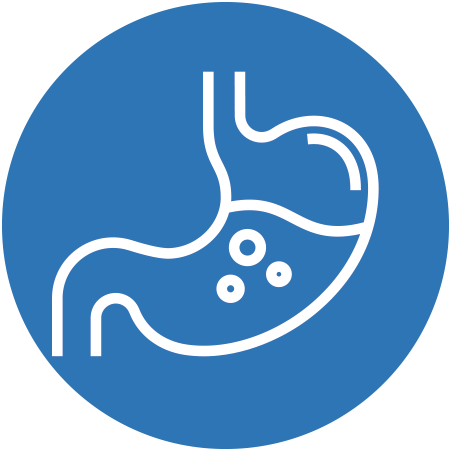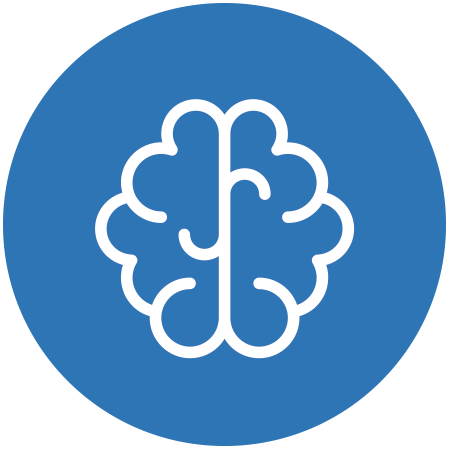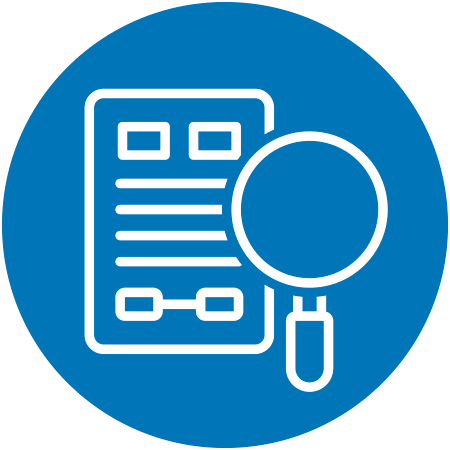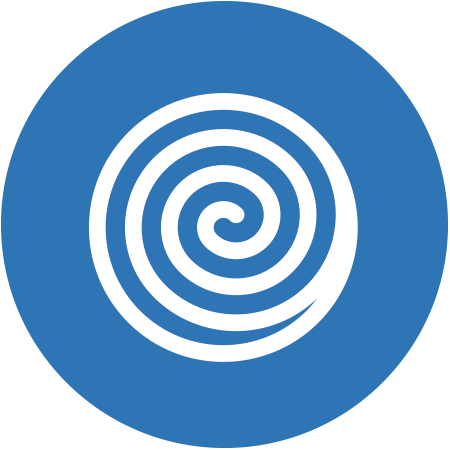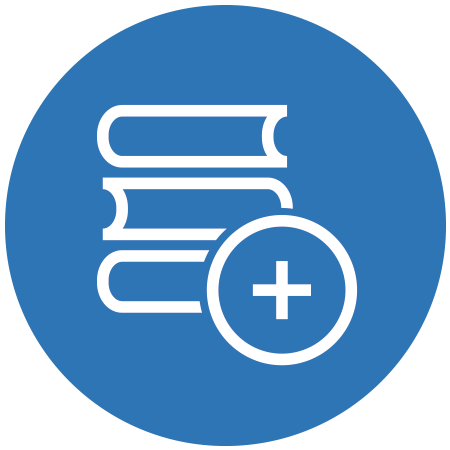Can ayahuasca help with brain health?
» Ayahuasca has been shown to improve the symptomatology of some severe physical conditions, such as amyotrophic lateral sclerosis (ALS),20 although much more evidence is needed.
» Harmine, harmaline, and tetrahydroharmine (the three main constituents of Banisteropsis caapi) were found to stimulate (in vitro) adult neurogenesis, while harmine showed proliferation of human neural progenitors.20
» DMT promotes neurogenesis and neuroprotection both in cell cultures22 and animals.23

